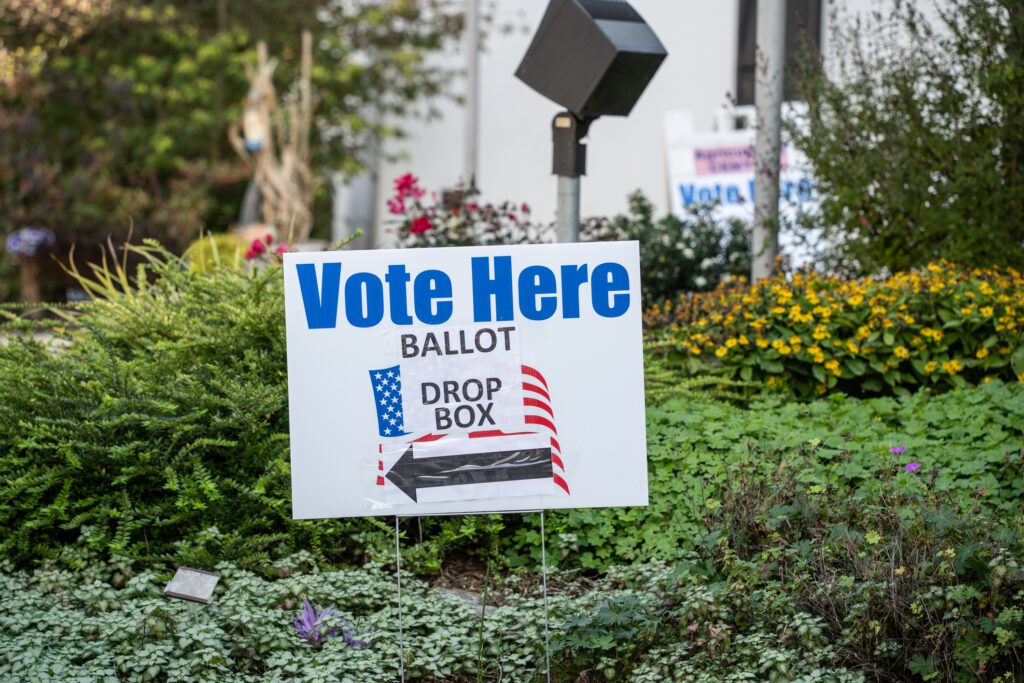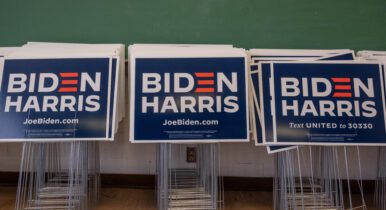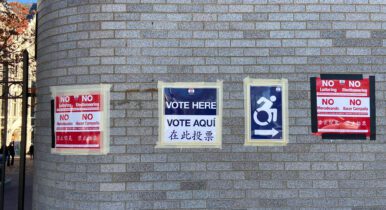GOTV could be an acute challenge for some campaigns next cycle as state legislators continue making an unprecedented level of changes to voting laws.
In fact, as of last month 19 states have enacted 33 voting laws which the Brennan Center for Justice characterizes as making it “harder” for Americans to cast a ballot. During the same state legislative sessions that took place between January-September, “25 states enacted 62 laws with provisions that expand voting access,” according to the nonpartisan public policy institute.
However practitioners may feel about these changes, they’ll still necessitate that campaigns and groups adapt their turnout and voter education strategies for the midterms. One nonpartisan expert who heads a group that recently released a post-mortem on its 2020 turnout effort this week put it this way: “People need more help because voting keeps getting harder,” said Debra Cleaver, CEO of VoteAmerica.
The report details how VoteAmerica spent the $12 million it raised to turnout so-called low-propensity voters, specifically young and Black, Indigenous, and People of Color (BIPOC) voters — with some success. The report notes that “an estimated 52-56% of voting eligible 18-29 year olds cast a ballot in the 2020 presidential election compared to 42-44% estimated 2016 youth voter turnout.” Overall, it was the highest turnout recorded in a modern election cycle.
One tactic that Cleaver has long relied on is out-of-home advertising — something that she encourages other campaigns and groups to go all-in on in 2022. One of the really simple messages that she routinely displays on her group’s billboards: the date of the election.
“There are all these really complex theories about why people don’t vote, but on a very basic level people don’t vote because they often don’t know when the election is,” she said.
She pointed to a study by the American Council of Trustees and Alumni released in October 2016 that found 37 percent of Americans overall and 22 percent of college graduates “could not correctly identify when Election Day is held.” Moreover, some 43 percent of eligible Americans didn’t vote in that election.
“There is a direct correlation between knowing when the election is and actually casting a ballot,” said Cleaver.
Her billboard strategy was centered on saturation of targeted areas. “If we don’t have enough money to get all the billboards in a wide area we just make the area smaller,” she said. “You can’t put up one billboard and expect it to have an effect. It’s just like TV commercials, people need to see them over and over.”
Still, her group’s program wasn’t just about billboards and bus bench ads. She also targeted college campuses by partnering with TikTok influencers. In 2020, they hired 700 of them to make voter registration and GOTV videos. Cleaver calls the tactic “so cost effective.”
“To the best of my knowledge, no one ran a bigger TikTok campaign than we did [in 2020], and I’m including both Trump and Biden,” she said. “We gave the students creative briefs: ‘don’t say anything partisan, but have fun.’ They’re so creative.”
While celebrities are popular targets for top-level campaigns to get a GOTV endorsement from, Cleaver said campus influencers were actually more effective.
“The celebrity stuff doesn’t take you as far as people might think it does unless the celebrities are actually known for caring about this work, whereas people listen to their peers,” she said. “Influencer campaigns only work if it’s sincere.”
Cleaver’s group also used P2P texting, sending more than 106 million messages in 2020 and a few million more during the Georgia runoff. In states that had same-day registration, she said the most effective message was a reminder that voters could show up at the polls with their IDs and cast a ballot.
“Just that message increased turnout and we think it’s because people sometimes can’t remember if they’re registered to vote, but [with the text reminder] they know it’s OK, they can go anyway,” she said.
The group also did vote-by-mail (VBM) recruitment where they texted people to tell them they were eligible to vote by mail. The group plans to scale up a text-based voter helpline in 2022.
Asked what other tactics she thinks could help increase turnout, Cleaver is emphatic: “Elected officials who deliver on their promises.”



